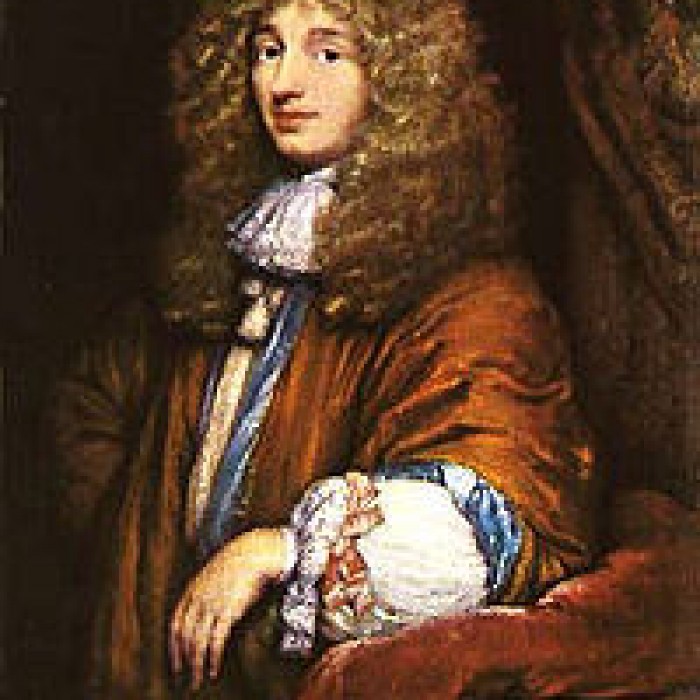
Christiaan Huygens (14 April 1629 – 8 July 1695) was a prominent Dutch mathematician and scientist.
He is known particularly as an astronomer, physicist, probabilist and horologist. Huygens was a leading scientist of his time.
His work included early telescopic studies of the rings of Saturn and the discovery of its moon Titan, the invention of the pendulum clock and other investigations in timekeeping.
He published major studies of mechanics and optics, and pioneered work on games of chance.
Christiaan Huygens was born on 14 April 1629 in The Hague, into a rich and influential Dutch family, the second son of Constantijn Huygens.
Huygens was educated at home until turning sixteen years old. He liked to play with miniatures of mills and other machines.
He studied languages and music, history and geography, mathematics, logic and rhetoric, but also dancing, fencing and horse riding.
In 1644 Huygens had as his mathematical tutor Jan Jansz de Jonge Stampioen, who set the 15-year-old a demanding reading list on contemporary science. Descartes was impressed by his skills in geometry.
His father sent Huygens to study law and mathematics at the University of Leiden, where he studied from May 1645 to March 1647.
After two years, from March 1647, Huygens continued his studies at the newly founded College of Orange, in Breda, where his father was a curator.
Christiaan Huygens lived at the home of the jurist Johann Henryk Dauber, and had mathematics classes with the English lecturer John Pell. He completed his studies in August 1649.
Huygens generally wrote in French or Latin. While still a college student at Leiden he began a correspondence with the intelligencer Mersenne, who died quite soon afterwards in 1648.
Huygens was often slow to publish his results and discoveries. In the early days his mentor Frans van Schooten was cautious for the sake of his reputation.
The first work Huygens put in print was Theoremata de quadratura (1651) in the field of quadrature.
It included material discussed with Mersenne some years before, such as the fallacious nature of the squaring of the circle by Grégoire de Saint-Vincent.
Quadrature was a live issue in the 1650s, and through Mylon, Huygens intervened in the discussion of the mathematics of Thomas Hobbes. Persisting in trying to explain the errors Hobbes had fallen into, he made an international reputation.
Huygens studied spherical lenses from a theoretical point of view in 1652–3, obtaining results that remained unpublished until Isaac Barrow (1669). His aim was to understand telescopes.
Huygens wrote the first treatise on probability theory, De ratiociniis in ludo aleae ("On Reasoning in Games of Chance", 1657).
On 3 May 1661, Huygens observed the planet Mercury transit over the Sun, using the telescope of instrument maker Richard Reeve in London, together with astronomer Thomas Streete and Reeve.
Huygens moved back to The Hague in 1681 after suffering serious depressive illness. In 1684, he published Astroscopia Compendiaria on his new tubeless aerial telescope.
He died in The Hague on 8 July 1695, and was buried in the Grote Kerk. Huygens never married.
Source: Link
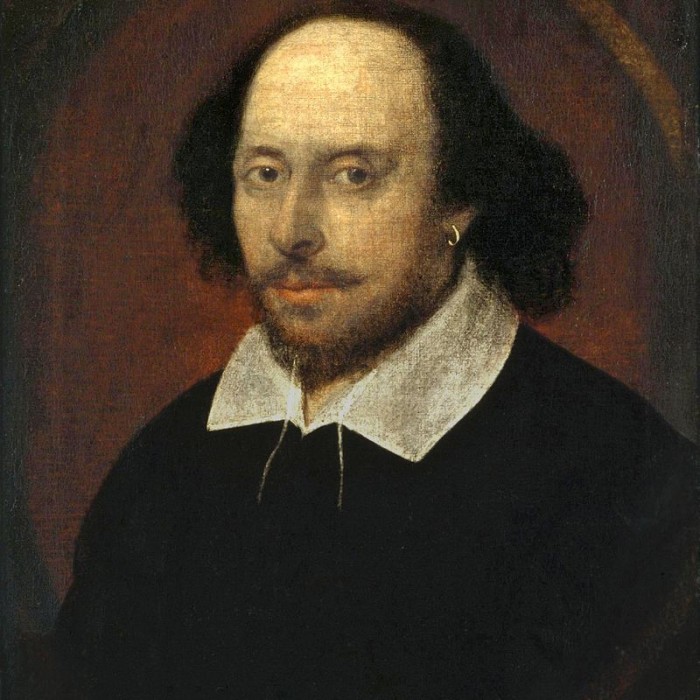
1564 - 1616

1803 – 1882

1854 – 1900
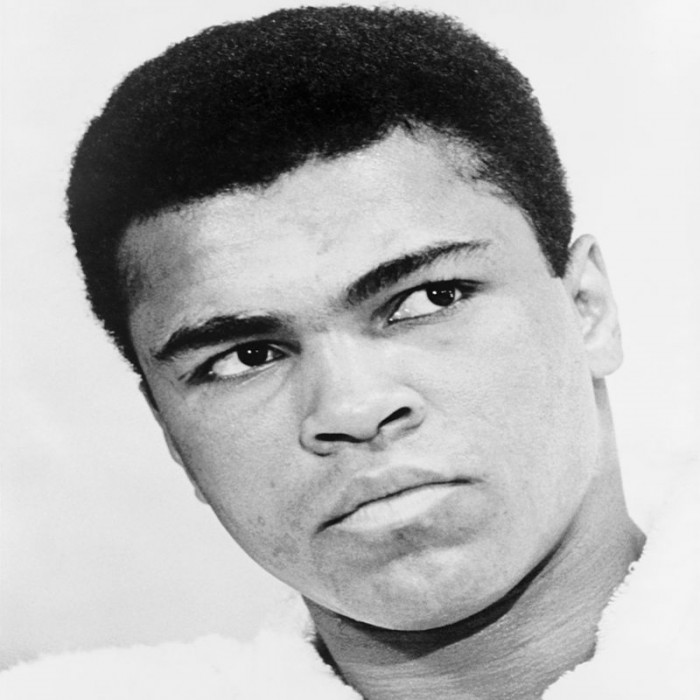
1942 – 2016

1928 – 2014

1835 – 1910

1869 – 1948
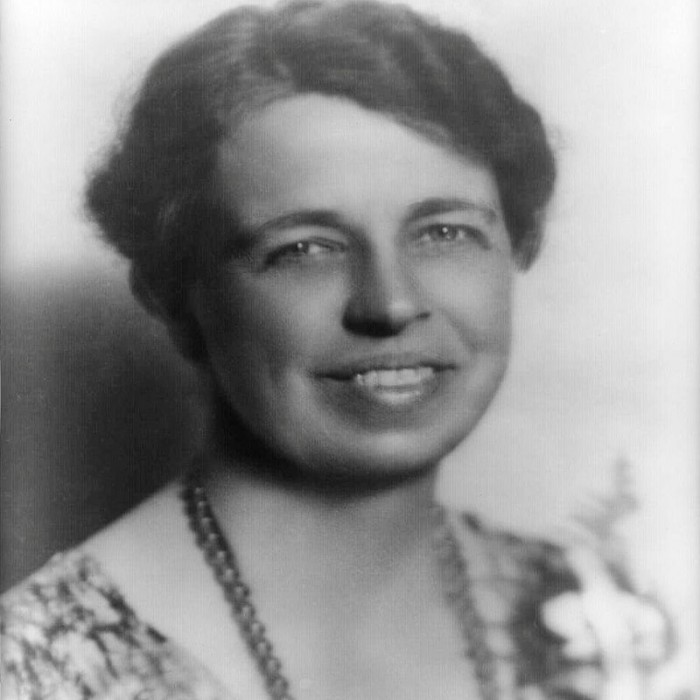
1884 – 1962
1898 – 1963

1929 – 1993
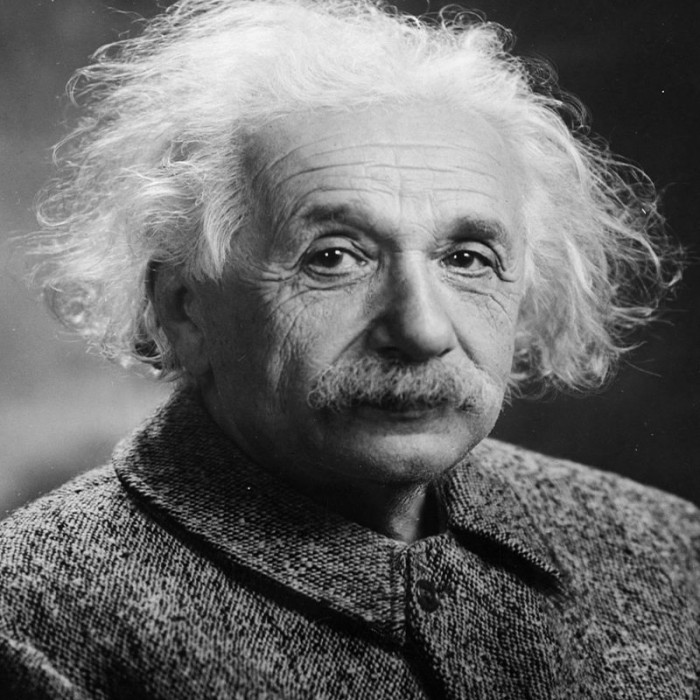
1879 – 1955

1809 – 1865
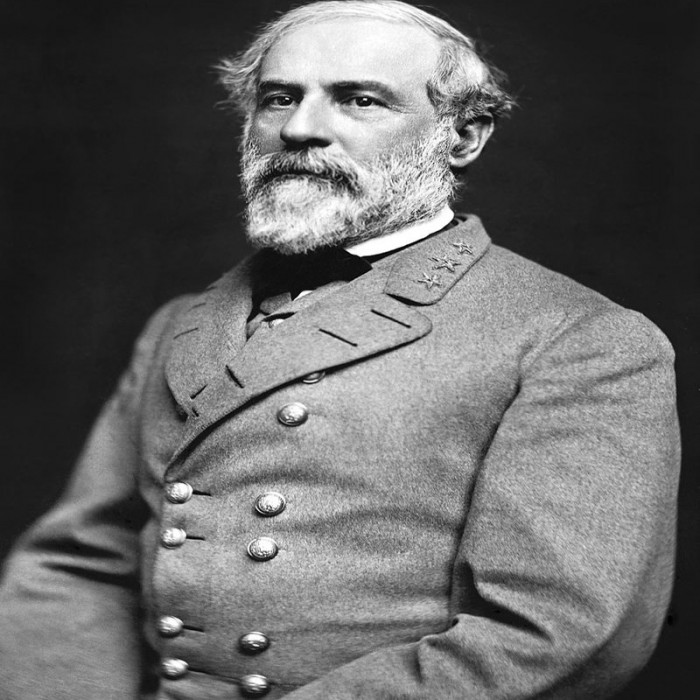
1807 – 1870

1800 – 1859
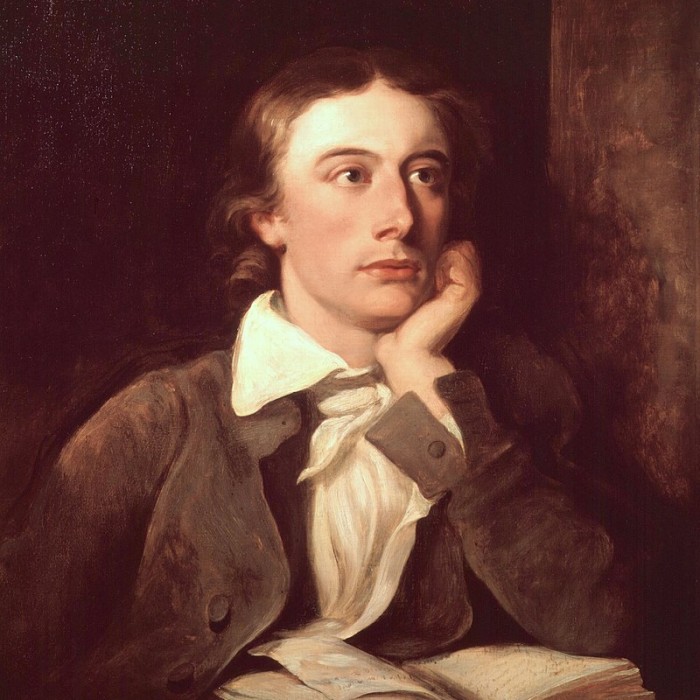
1795 – 1821
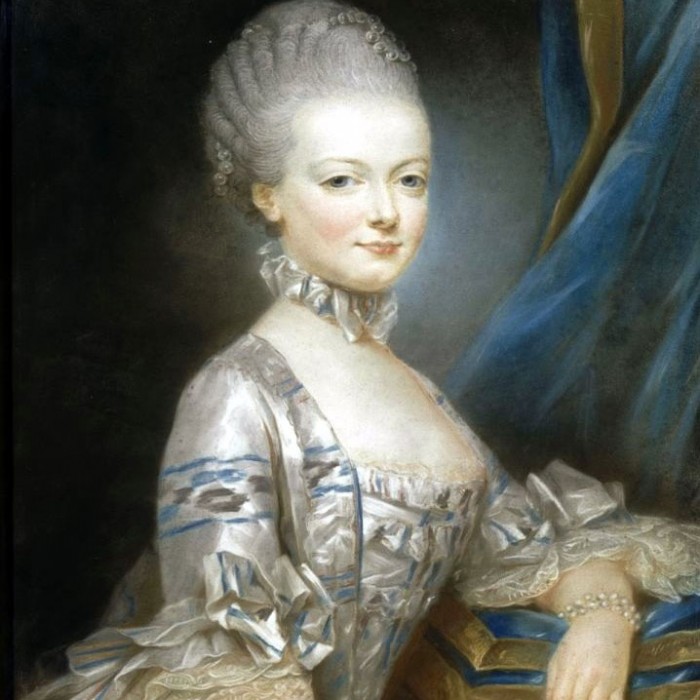
1755 – 1793

1984 -

1989 – 2011
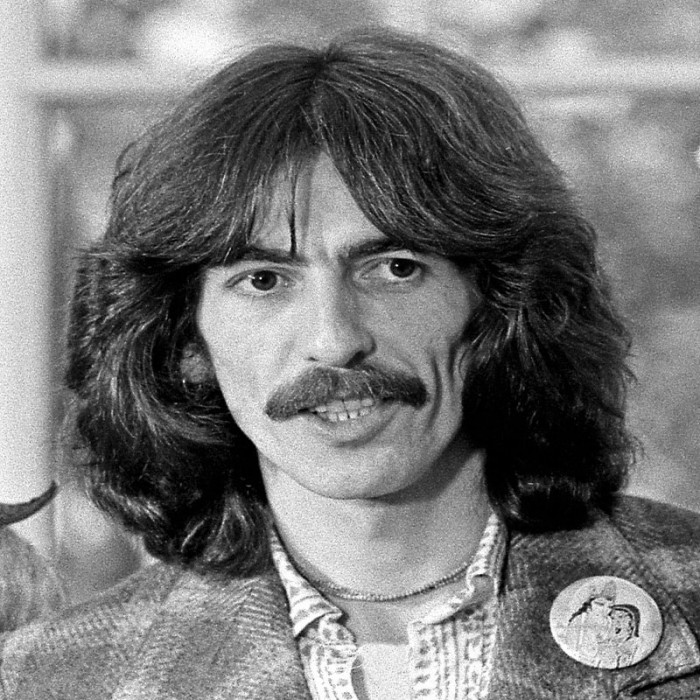
1943 – 2001

1815 – 1902

1929 – 1994

1767 – 1848
